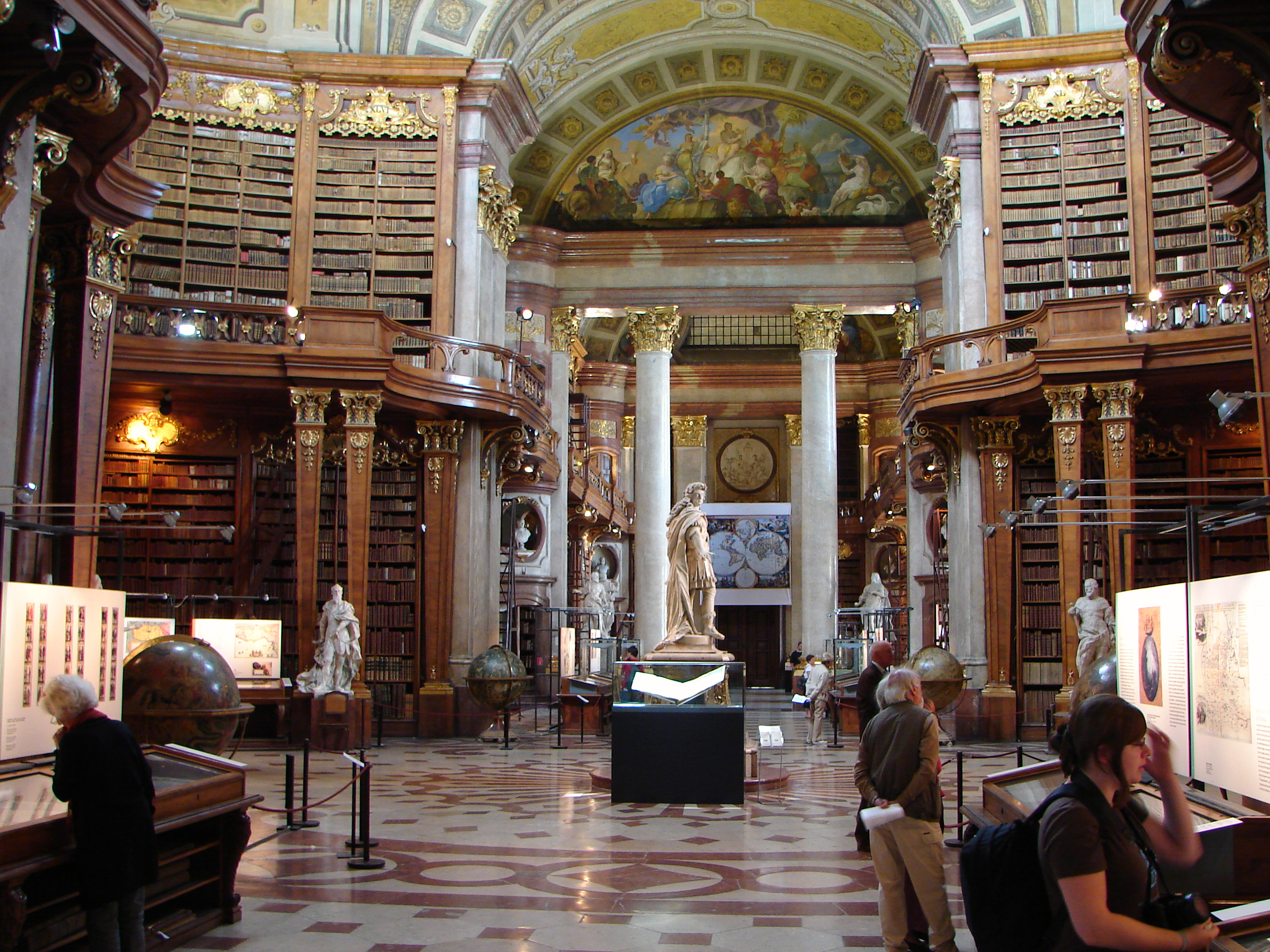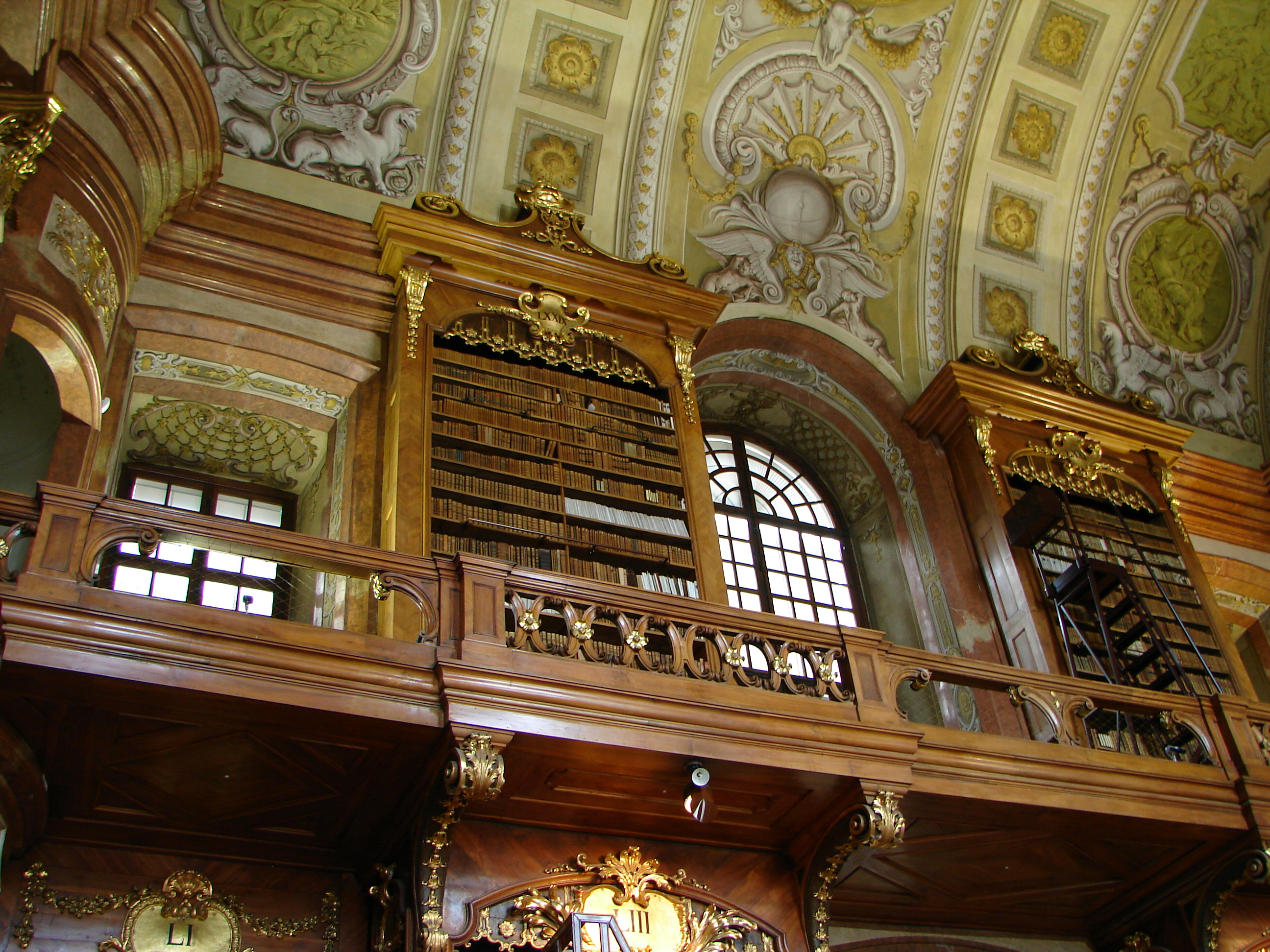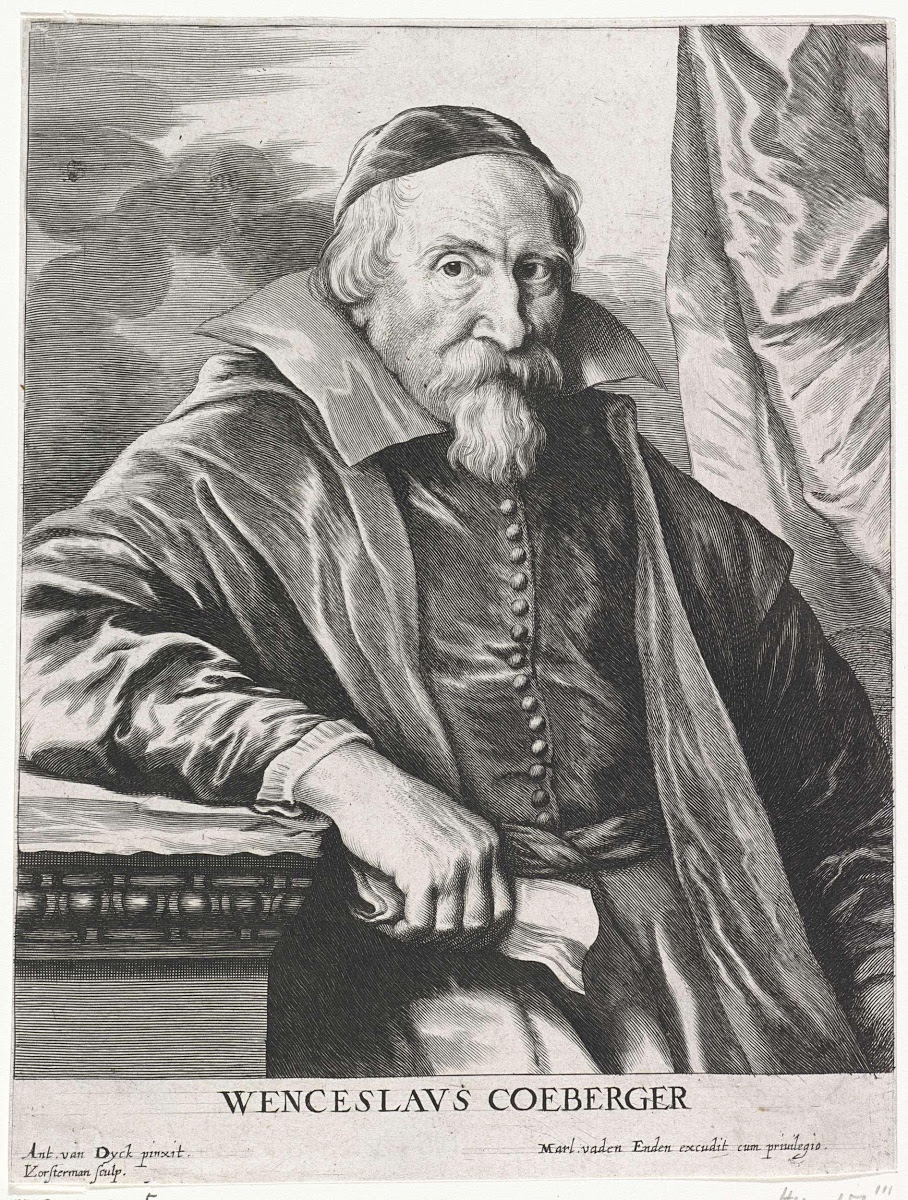Project Name: Hofbibliotek (Imperial Library)
Architect: Johann Bernhard Fischer von Erlach
Location: Hofburg, Vienna, Austria
Designed: 1716-20
Built 1723-26
The Hofbibliotek was designed as a new wing to the existing Hofburg Palace for Charles VI. Its central oval rotunda and two-story bookshelves serve to show the emperor as a promoter of the sciences and arts. Many people criticized it because they thought it was more of a show of wealth rather than an actual symbol of knowledge and learning. The large barrel vaults are separated with columns flanking either side of the walls to designate the different galleries.
Previously one of the largest libraries in the world, it holds a collection comprised of about 7.5 million books. The ceiling is adorned with trompe-l'oeil frescos with a seemingly coffered ribbing effect lining each start of a barrel vault. Each marble column holding the cornice under the barrel vault is topped with a Corinthian order capital while the tapered pilasters under the second floor slab are covered with a composite capital. Curved volutes are seen throughout the library underneath the second story as a decorative element that appears to be structural. Elements from the Rococo are leaked into the library through various shell forms that adorn the pilasters under the capitals and on the ceiling frescos.
A heavy cornice lines the top of the second story underneath the barrel vaults. An illusory cornice is almost implied above the first level since the second floor slab edge is designed to mimic that of a regular cornice. Other elements from the Rococo that are seen inside the library are located within the large ceiling fresco that implies depth without actually having any; in the initial glance, it's easy to mistake the fresco for built-in cornices, marble ceilings, or high reliefs when they are actually just two-dimensional. It's easy to say that the emperor felt that in order to hold an impressive collection of books, the library itself also had to be impressive.
Sources:
Baroque and Rococo Art and Architecture by Robert Neuman
http://en.wikipedia.org/wiki/Austrian_National_Library#Baroque
http://de.wikipedia.org/wiki/%C3%96sterreichische_Nationalbibliothek
http://www.fodors.com/world/europe/austria/vienna/review-91012.html














.jpg)










